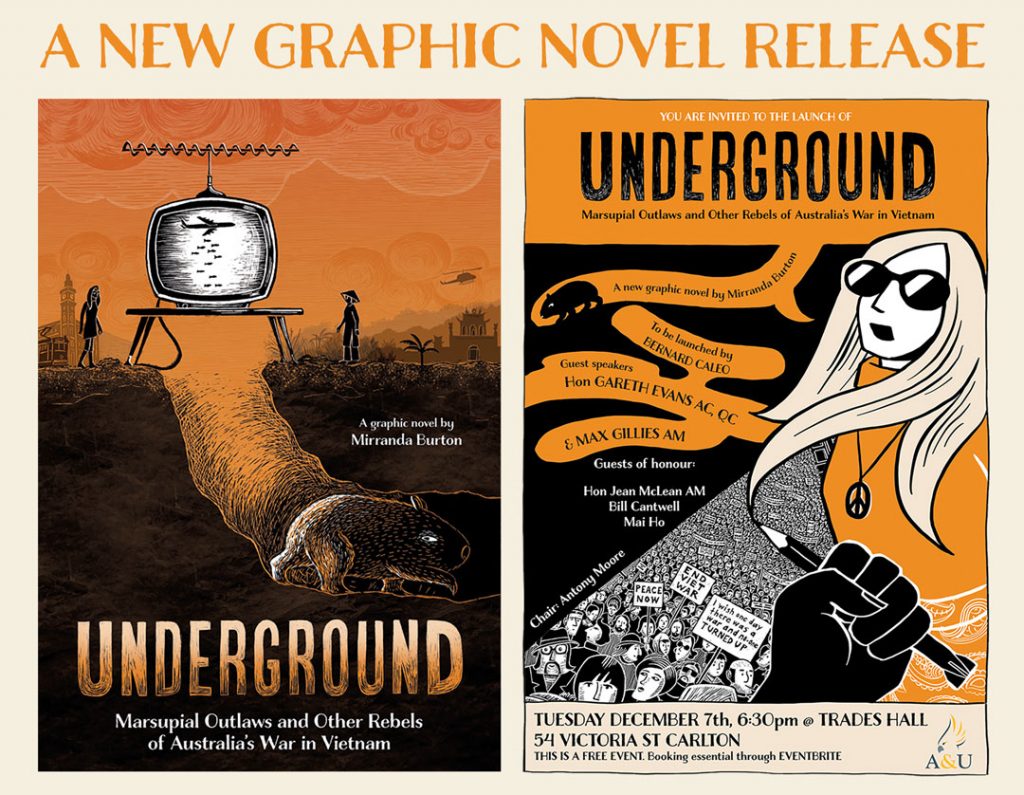
NEWS
Winner: Readings YA Book Prize
Winner: Bronze Ledger, Comic Arts Awards of Australia
Notable book: CBCA Book of the Year, Eve Pownall Award
Shortlisted: 2022 Book Links Award for Children’s Historical Fiction
Shortlisted: 2021 Notable Australian Graphic Novel (General Adult Category) ALIA
French release: La Boîte à Bulles January 2023
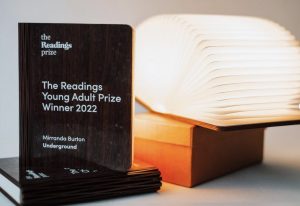
SYNOPSIS
Why would a wombat be registered for war?
It’s 1965, and an old Tattersalls barrel starts rolling marbles to randomly conscript young Australian men to fight in the war in Vietnam. Melbourne housewife Jean McLean is outraged, as are her artist friends Clif and Marlene Pugh, who live in the country with their wombat, Hooper.
Determined to wreck the system, Jean forms the Save Our Sons movement’s Victorian branch, and she and her supporters take to the streets to protest. Meanwhile, in the small country town of Katunga, Bill Cantwell joins the Australian Army, and in Saigon, young Mai Ho is writing letters to South Vietnamese soldiers from her school desk. And when Hooper’s call-up papers arrive, he mysteriously goes underground…
As these stories intersect in unexpected ways and destinies entwine, a new world gradually emerges – a world in which bridges of understanding make more sense than war. This stunning graphic novel, full of empathy, courage and resistance, is based on true events.
Written & illustrated by Mirranda Burton
Published by Allen & Unwin
Buy the book HERE
Watch the book launch HERE
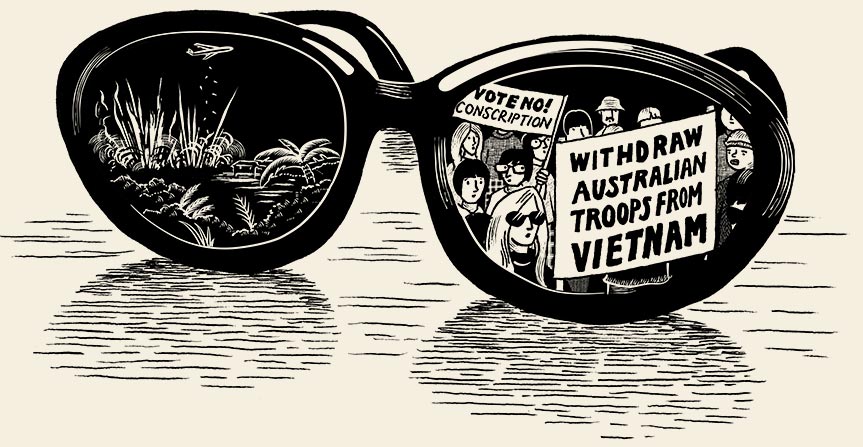
“Underground is a fantastic graphic novel to further individuals’ learning or understanding of the Vietnam War. Similar to the broadcasting of the Vietnam War, Burton’s illustrations keep a part of history alive, albeit a sad and horrific part of history. Despite its beautiful illustrations Underground is not a light, breezy read, and it is definitely not a forgettable one.”
Kate Lomas Glendenning Underground Writers
“There’s no irony deficiency in UNDERGROUND and Burton mines the embarrassment of ironic riches, with bold black and white illustrations peppered with vibrant reportage.”
Richard Cotter Sydney Arts Guide
“Underground will appeal to anyone with an interest in social activism or Australian history. If you’ve ever felt hesitant to try a graphic novel, this beautifully crafted book is a welcoming and rewarding place to begin.”
Ele Jenkins Readings bookstore
“I wish I had this growing up. It’s incredibly informative. Stories like this are severely lacking, and for an Australian audience, I think it will be revelatory.”
Matt Huynh Author of Cabramatta
“Book of the year.”
Peter Goers ABC Radio Adelaide
“One of the joys of this graphic novel – not all that easy to achieve when so much of the material is deadly serious – is its sense of humour, its lightness of touch, with the central delight being the story of the registration and call-up, and eventual disappearance underground, of that natural-born Dunmoochin digger, the wombat gloriously named Hooper Algernon Pugh.”
Gareth Evans Book launch speech
Selected sample pages
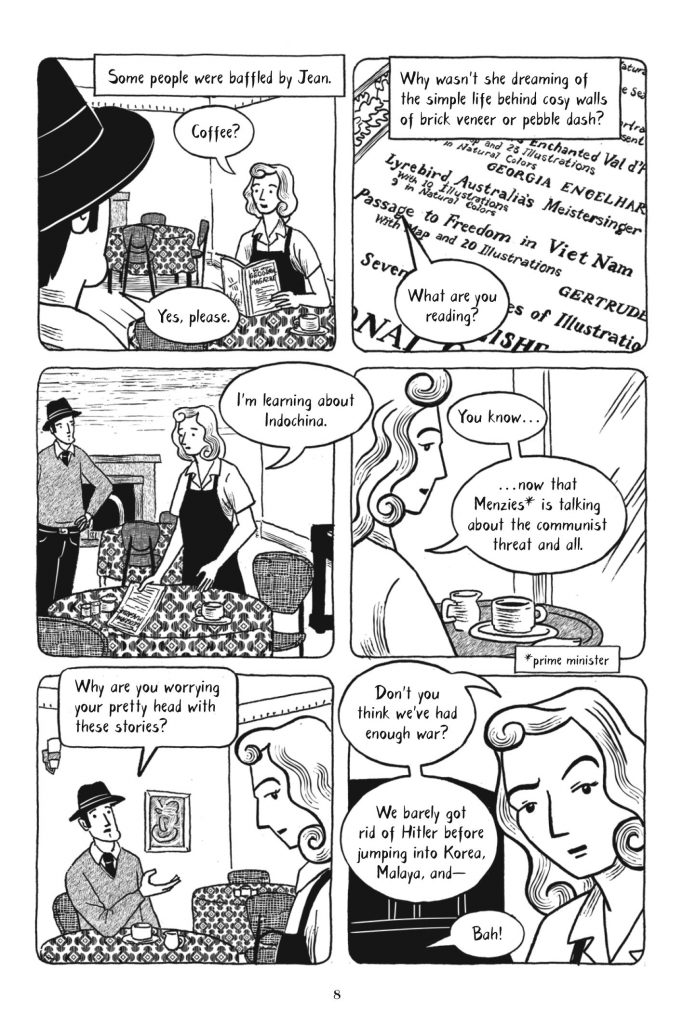

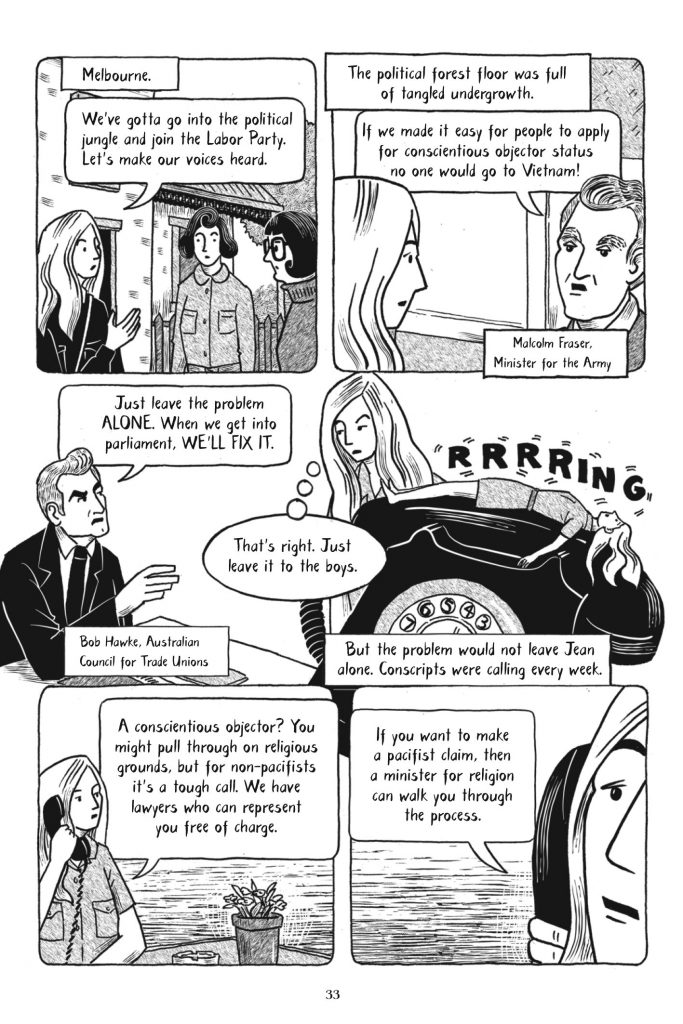


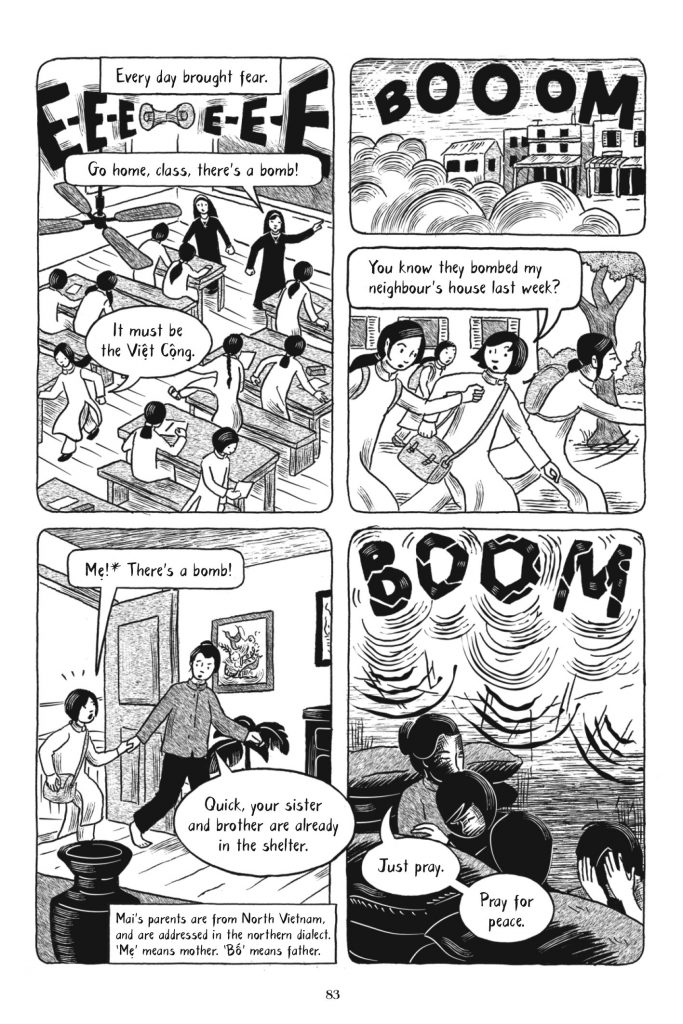
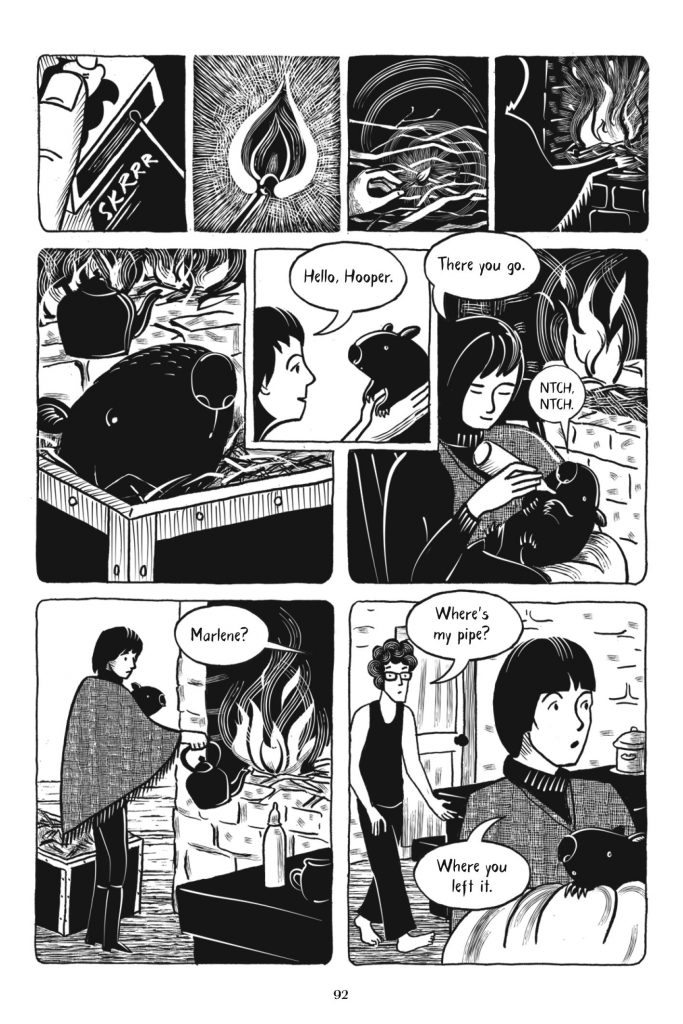
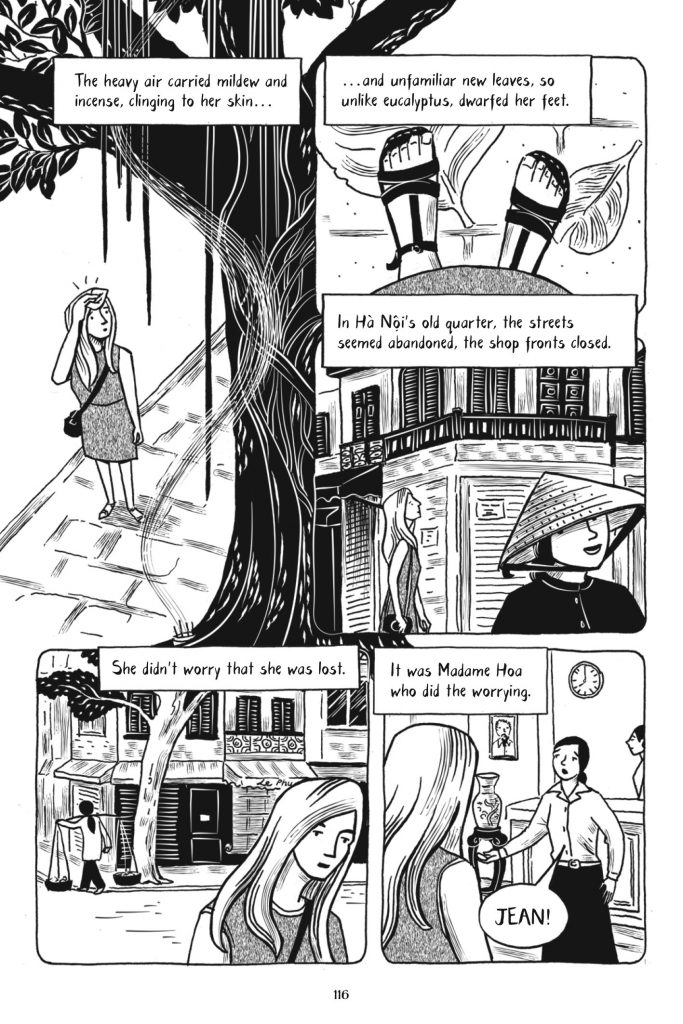


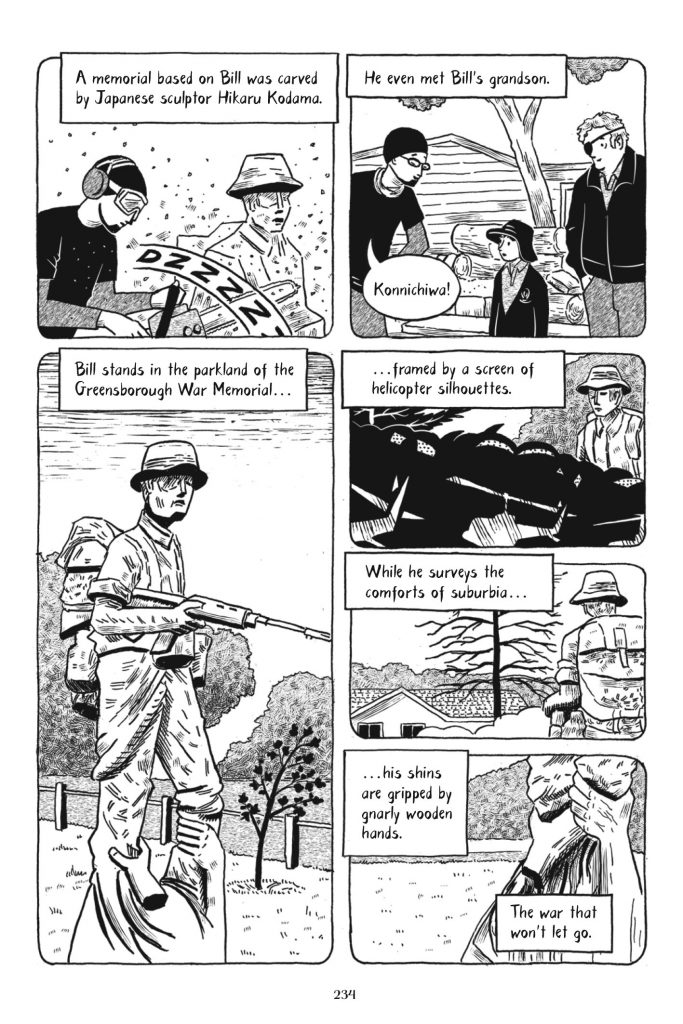
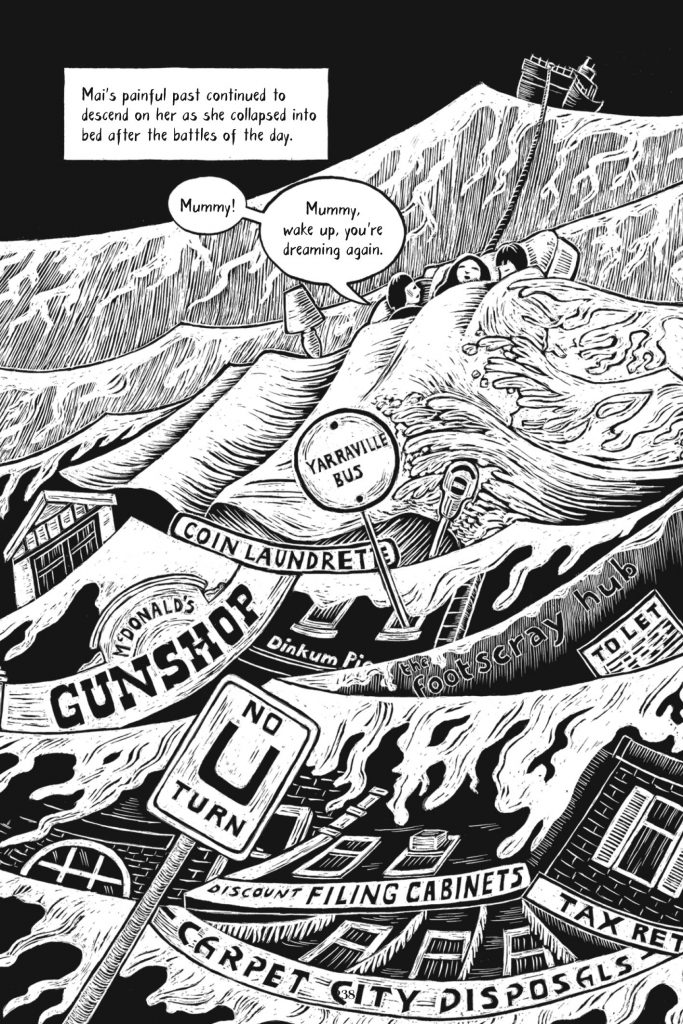
BACKGROUND
The first scratches made for Underground: Marsupial Outlaws and Other Rebels of Australia’s War in Vietnam were made during my time as artist in residence at Dunmoochin. Hidden in bushland, I lived in the late Australian artist Clifton Pugh’s former studio, where history seeped through the cracked mudbricks and an exotic array of insects and marsupials frequented secret entrances. Here I learned that one of Dunmoochin’s resident wombats was registered for military service in Vietnam as an act of civil disobedience during the tail end of the controversial conscription era in 1972. I discovered that the aberrant quadruped had disappeared when his call-up for the regulation medical exam arrived in the mail. Life in the studio only seemed to present more intersecting tunnels for me, where former prime minister Gough Whitlam (at the time leader of the opposition) had sat for a portrait in the centre of the room while dodging the ankle nipping wombat, at a time when so many hopes were pinned on him to rise to power and dismantle the conscription policy.
I had so many questions. Australia’s involvement in the Vietnam War had not even been a whisper in my high school history lessons back in the 1980s. Starting with the genocide of Australia’s first peoples, our country has never been comfortable with difficult conversations about chapters of our history which have involved astronomical harm.
I too avoided a big conversation, and wrote a simple children’s book called ‘The Wombat Who Wouldn’t do Combat’. When the manuscript was presented to Allen & Unwin, they loved the concept, but there was a catch. Could I create more mature content and write to their young adult audience? Here lay an enormous challenge – finding a way to explore such difficult, disturbing and daunting history full of paradox, contradiction, and nuance within the guidelines and expectations of the children’s literature department. Everything from the violence of war to the popular 1960s past-time of smoking proved to be problematic. Was I to be uncomfortably rewriting history? Editing, yes. Yet I was being given an extraordinary opportunity despite the limitations, to create another lens through which to see this history. Beneath the inhumanity of war and its power and resource hungry puppeteers, I found quietly buried an undercurrent of humanity, resilience, compassion, and an utterly tenacious belief that we could live in a better world. I clung to these gemstones in the wreckage, and they carried me forward.
During the Vietnam War years, Save Our Sons was a women’s movement, initially starting in Sydney and which soon became established around Australia. History books nod briefly to this small branch of the anti-conscription movement, but I became fascinated by the ripple effect of their actions and the extraordinary ways it transformed women’s lives and even paved the way for their careers. I met with Victoria’s original convener Jean McLean, and knew immediately I was at a turnstile. Jean’s story during the conscription years became the scaffolding of my book. She had even been bitten many times by that unconscientiously objecting wombat at Dunmoochin.
I met Australian veteran of the war, Bill Cantwell at my local repatriation hospital. I’d never sat with a soldier or veteran before, and listened to first hand accounts of the battlefield and the impact that it had on his life. I was facing a man from whom society had turned away, not wanting to come to terms with his part in a war that ended up being so widely unpopular. The physical and psychological effects of war coupled with forced erasure can be a prison all of its own.
Even less visible in the western canon of Vietnam War history are Vietnamese people. That this war was in the main, experienced by everyday citizens in Vietnam is barely acknowledged in a dimensional way in our white-washed history books. The horrific count of dead Vietnamese people’s bodies is reoccurring, but faces and voices tend to be missing. I went to Vietnam to capture some impressions and stories. Back in Australia soon afterwards, this thread continued and I was introduced to Mai Ho, of migrant refugee background. She had attracted some attention for having the title of both ‘boat person’ and the Mayor of Maribyrnong. (1997-8.) I’ll never forget the day I met Mai, chatting in her sunny garden for hours. She had such an extraordinary tale in her own right, and yet it joined hands with so many of the stories I was gathering in unexpected ways.
The book I ultimately created is a tribute to Jean McLean, Bill Cantwell, Mai Ho, Hooper the obstinate wombat and his carers Clifton and Marlene Pugh. I hope that in bringing an unlikely set of characters together who see the complexity of each other’s experiences, my readers begin to consider the dimensionality of a history that has been lived in such different ways. At the core of this book is the struggle for peace. But there is no peace without justice, and justice comes when it is driven by empathy, understanding and love.
The past can help us understand the present, giving us a valuable opportunity to reimagine and redesign the future. The more I have become gripped by the magnitude of humanity’s current challenges, the more I look to to the stories of such endurance, hope and determination that my elders have so generously shared with me throughout this project.
This book is an ode to those who fought so hard for peace, and to those who are still trying to find it.
Mirranda Burton